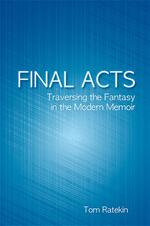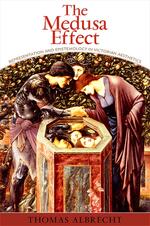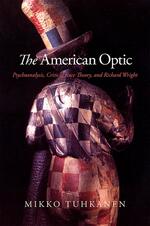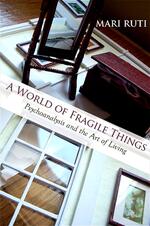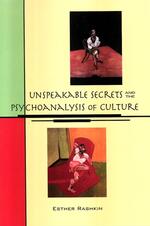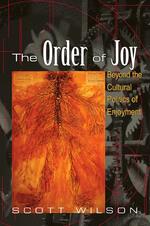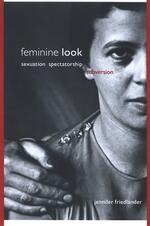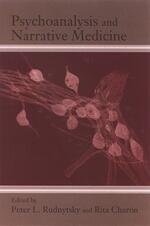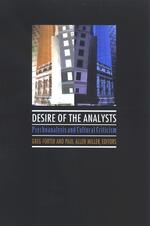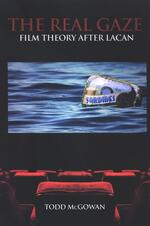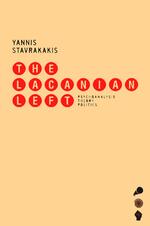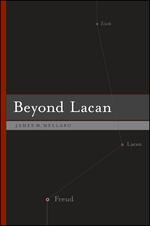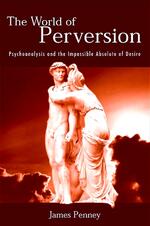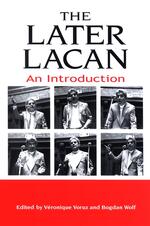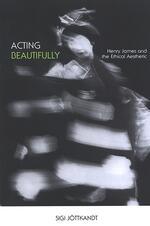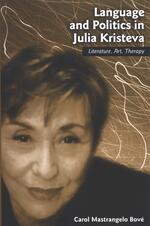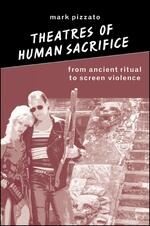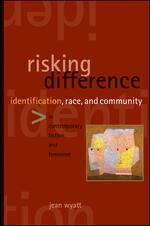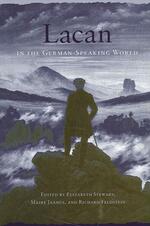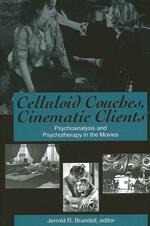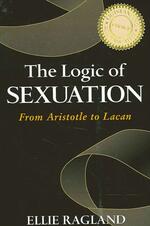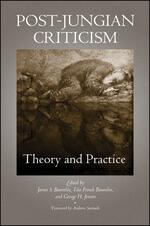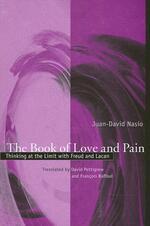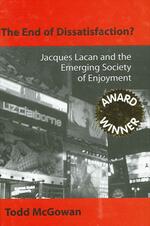SUNY series in Psychoanalysis and Culture
Final Acts
Analyzes contemporary memoirs of terminal illness from a psychoanalytic perspective.
The Medusa Effect
Examines images of horror in Victorian fiction, criticism, and philosophy.
The American Optic
Brings together critical race theory and psychoanalysis to examine African American and other diasporic African cultural texts.
A World of Fragile Things
Psychoanalytic perspective on what Western philosophers from Socrates to Foucault have called “the art of living.”
Unspeakable Secrets and the Psychoanalysis of Culture
Explores the radical political potential of close reading to make the case for a new and invigorated psychoanalytic cultural studies.
The Order of Joy
Provocative exploration of a new concept of “joy” within psychoanalytic and cultural studies.
Feminine Look
Feminist and psychoanalytic analysis of spectatorship.
Psychoanalysis and Narrative Medicine
Contributors explore the significance of literature and psychoanalysis for medical education and practice.
Desire of the Analysts
Explores psychoanalytic approaches to cultural studies.
Sex, Paranoia, and Modern Masculinity
How modern conceptions of paranoia became associated with excessive or unregulated masculinity.
The Real Gaze
Examines the gaze in Lacanian film theory.
The Lacanian Left
Innovative exploration of the relationship of Lacanian psychoanalysis to political and democratic theory.
Beyond Lacan
Traces the development of Lacanian theory, and its possible future.
The World of Perversion
An original critique of queer theory, from a psychoanalytic perspective.
The Later Lacan
Examines fundamental concepts of the later Lacan.
Acting Beautifully
Addresses ethical and aesthetic issues in three major works by Henry James.
Language and Politics in Julia Kristeva
Explores the political implications of Kristeva’s theoretical and fictional writings.
Theatres of Human Sacrifice
Provides insight into the ritual lures and effects of mass media spectatorship, especially regarding the pleasures, risks, and purposes of violent display.
Risking Difference
Looks at the dynamics of identification, envy, and idealization in fictional narratives by Margaret Atwood, Angela Carter, Sandra Cisneros, Toni Morrison, and others, as well as in nonfictional accounts of cross-race relations by white feminists and feminists of color.
Lacan in the German-Speaking World
Addresses Lacan's reception in Germany, Austria, and Switzerland, offering new perspectives for American readers.
Celluloid Couches, Cinematic Clients
Looks at how therapy and the "talking cure" have been portrayed in the movies.
The Logic of Sexuation
Challenges essentialist notions of gender through a detailed account of Lacan's theories of gender, sexuality, and sexual difference.
Post-Jungian Criticism
Rereads Jung in light of contemporary theoretical concerns, and offers a variety of examples of post-Jungian literary and cultural criticism.
The Book of Love and Pain
Addresses the limits in treating pain psychoanalytically, and offers a phenomenological description of psychic pain, particularly the pain of a lost loved one.
The End of Dissatisfaction?
Explains why the American cultural obsession with enjoying ourselves actually makes it more difficult to do so.
